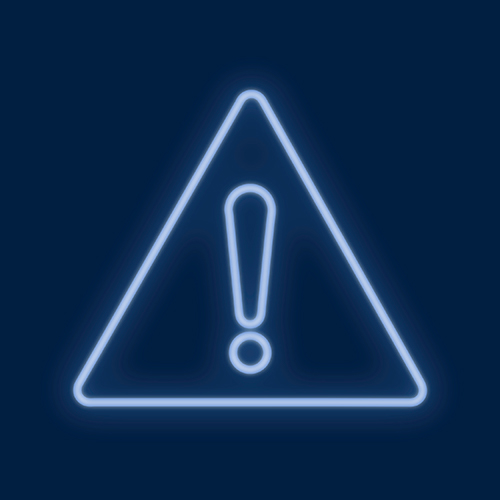
Ransomware is a type of cyber-attack where malicious software encrypts the files and data on your computer and demands payment or a ransom to unlock or decrypt the files. This kind of attack has been one of the most damaging cyber-attacks in the last few years and has affected millions of individuals, and thousands of organizations.
Be Proactive
- Make sure your computer’s operating system is up to date with the latest security patches.
- Use an antivirus, and make sure it has up-to-date definitions.
- Make frequent backups of your important files and documents.
Note: One of the easiest ways to recover from ransomware is to fully erase the affected device and recover from a backup made before the attack.


Be Cautious
- Don’t download untrusted software from the internet.
- Don’t open unexpected or out of context email attachments and documents.
- Avoid risky or suspicious websites. If your browser notifies you of a security risk, leave the page.
- These are the most common ways that Ransomware spreads.
Take Action
If you believe your are a victim of Ransomware:
- Disconnect from the network if possible, and power off the device.
- Do not turn the device back on or reconnect to the network until the infection has been resolved.
- Seek the assistance of a qualified computer technician.
Note: If you’re on LU’s campus, take your computer to the Helpdesk Campus Support immediately.


Respond Quickly
- Notify the IT HelpDesk or Campus Support so that they can assist and coordinate with the IT Security department to respond to the incident if you’re on campus.
- DO NOT pay the ransom!
Note: The FBI and Department of Homeland Security advise not to pay the ransom, as this does not guarantee that your files will be restored, or that the malware will be removed. This also encourages the attackers to seek further victims.